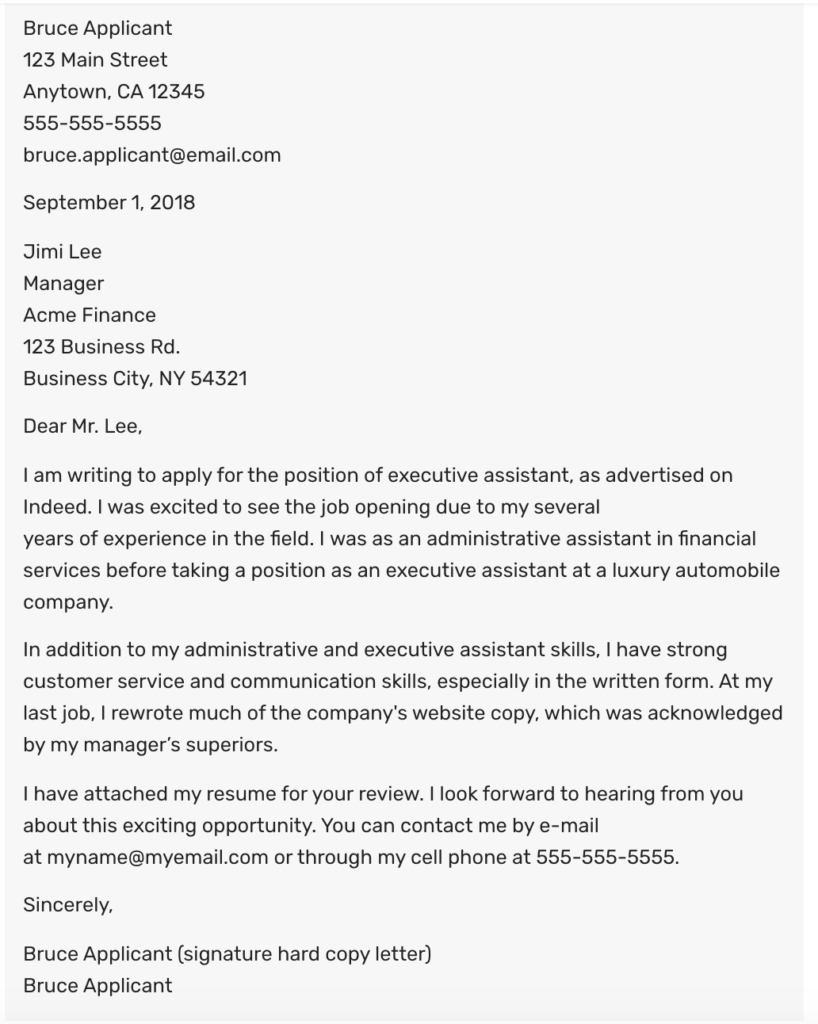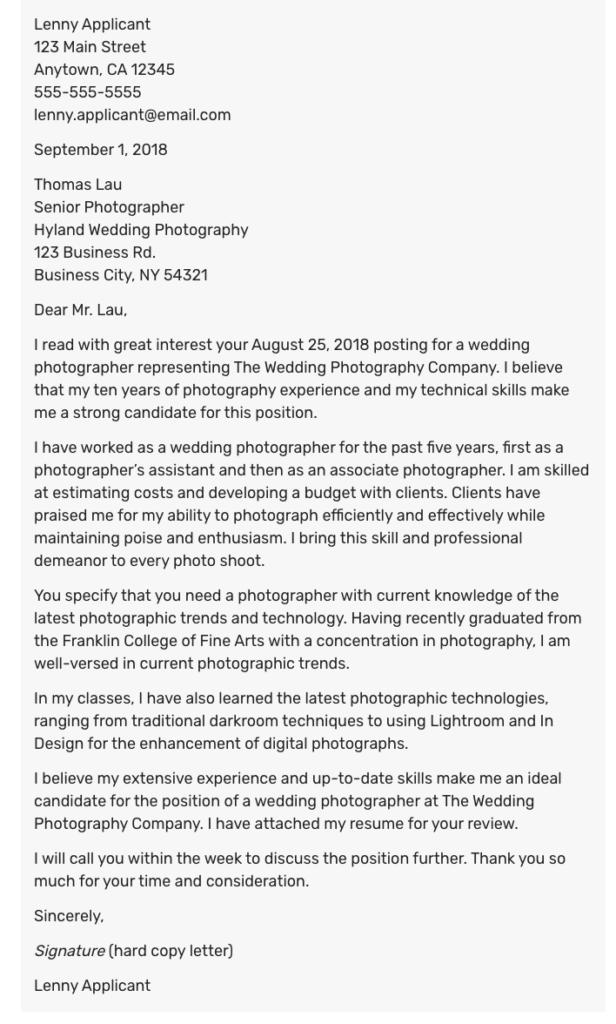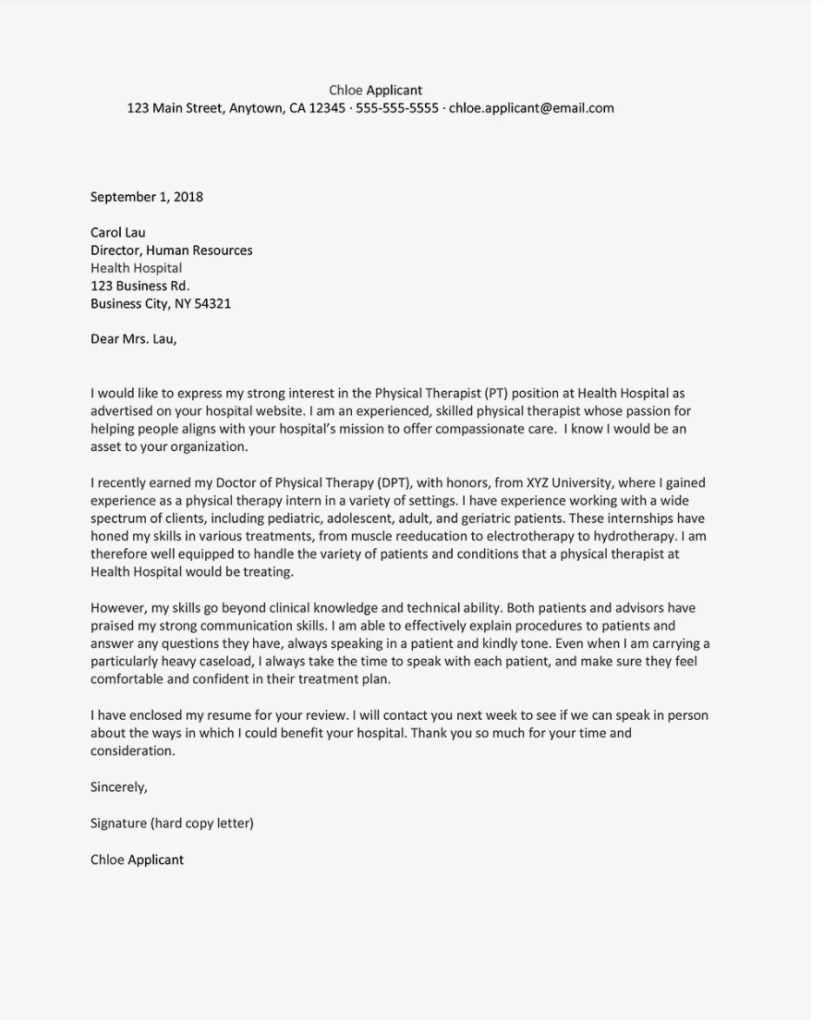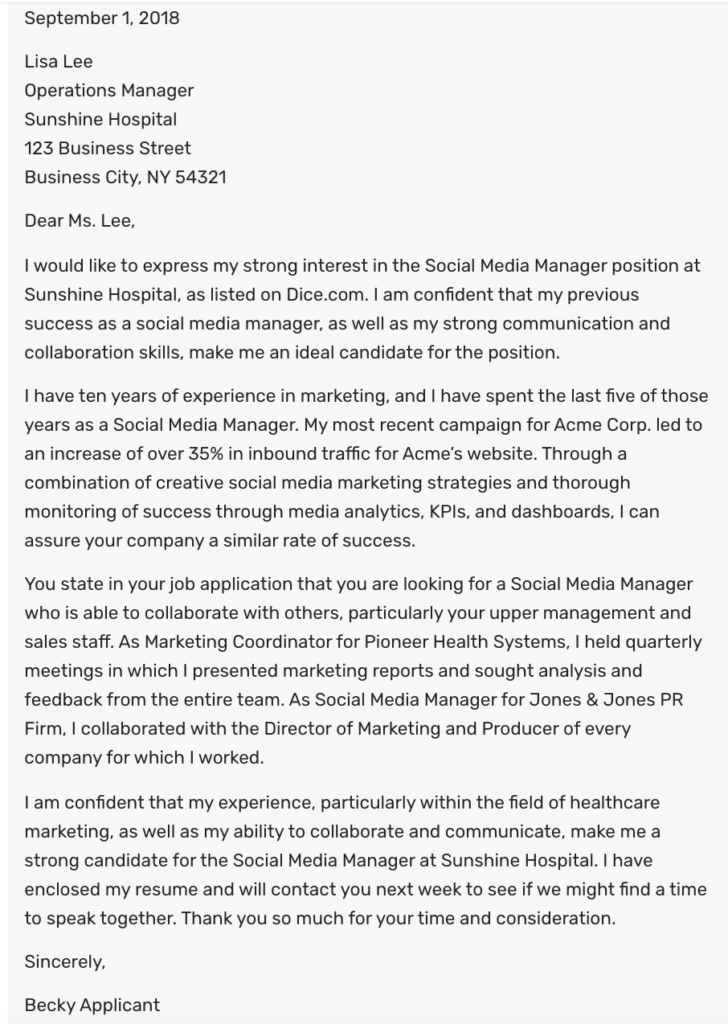Google Profile vs Google Drive
What’s the difference when logging in and how does this affect others?
Today…
Students will be finishing up resumes and having me proofread them before or after printing. You will also need to create a cover letter and print an envelope with the information of the person you will be sending the letter to (no we are not actually mailing these).
Students who need to complete a resume:
- Connor – I still need to finish formatting yours.
- Tatum
- Allison
- Drake
- Lilian
- Julian
- Tehya – needs some corrections
Students who need to complete a cover letter and envelope:
- Zachary
- Kaitlyn
- Triniti
- Connor
- Triston
- Tatum
- Amithyst
- Allison
- Drake
- Andrew
- Lilian
- Jasmine
- Julian
- Tehya
Resumes
The following documents have been added to the Shared Folder I created for you in Google Drive:
- Resume Template
- MNTC Resume Prep Guide
- Resume Writing Checklist
You will need to create a resume that includes the following sections:
- Heading (Name, Address, Phone Number, Email Address)
- Objective
- Education
- Work Experience (or Experience)
- Organizations and Activities
- Certifications/Licenses
- Honors and Achievements
- Community Service
- Skills
- References
Examples of skills for resumes:
- Create and edit MS Word and Google Docs
- Create and edit presentations using MS PowerPoint and Google Slides
- Use Google Classroom for viewing and submitting assignments
- Use Google Drive for file storage and sharing
Examples of resumes:
Check the Shared Google Drive folder I created for you. I have added a template you may use if you wish.
Resume Purple Template 2000 – blank (to be used to enter your information)
Student 1 – Examples of concurrent enrollment, organization responsibilities, additional skills, community service
Student 2 – Examples of education, activities leadership, community service
Student 3 – Examples of community service, work experience
Student 4 – Formatting example
Student 5 – Examples of profile, education, fast food and restaurant work experience, key skills, community service
Student 6 – Example of formatting, lawn service and auto service job tasks, awards, auto certifications
Student 7 – Examples of future plans, computer and ag skills, leadership, community service, ag work experience
Student 8 – Examples of quick stop clerk position and livestock/farming position
Student 9 – Examples of fast food crew member job duties
Student 10 – Examples of fast food crew member position and oilfield position
Student 11 – Examples of Skills section as well as Work Experience that involves fast food crew member
Student 12 – Examples of Certifications, Work Experience, Education, and Community Service sections of resume
Student 13 – Examples of Objective, Education, Achievements, Honors, Certifications, Community Service, and Work Experience sections of resume
Student 14 – Examples of Education, Work Experience, Key Skills, Certifications, and Community Service sections of resume
Student 15 – Examples of Work Experience in the oil and gas industry and Key Skills sections of resume
Student 16 – Examples of Sonic Car Hop Work Experience as well as Digital Design skills sections of resume
Student 17 – Examples of Collision Repair Work Experience and Key Skills sections of resume
Student 18 – Examples of various sections of resumes
Student 19 – Examples of various Work Experience descriptions for resume
Student 20 – Good examples of various sections of resume
Introduction to Cover Letters
Cover letters are important because they tell employers the type of position you’re seeking and exactly how you’re qualified for it. Your cover letter can also explain things that your resume can’t.
What is a cover letter?
A cover letter is a one-page document that, along with your resume, is sent with your job application. A cover letter is your chance to tell a potential employer why you’re the perfect person for the position and how your skills and expertise can add value to the company. The letter should be professional but personable, and serve as a sort of introduction.
A lot of job seekers today wonder if a cover letter is still appropriate to send with your resume—and the answer is yes! Even if an employer doesn’t ask for a cover letter, it couldn’t hurt to send one. In fact, it can help you get someone’s attention in a different way, and it can be a great way to display your enthusiasm for the job and company.
Basic Elements of a Cover Letter
The following should be included in the cover letter:
- Your name and address preferably in the header area of letterhead that resembles or matches your resume.
- Current date.
- Name and address of the person/company you are sending the letter to.
- Greeting – Address your cover letter to the proper person.
- Opening – Write a personable, inviting opening paragraph that notes which position you are applying for and how you learned of the job opening.
- Achievements and Skills – Highlight your past achievements as they relate to the job you’re applying for. Emphasize additional relevant skills and certifications which show you meet the job requirements.
- Closing: Briefly recap your strengths as a candidate, why you want to work for the organization, a call for action or next steps, and your contact information.
Template for writing your cover letters:
Use the same letterhead format you did for your resume if it is attractive which includes the following in a header section of a Microsoft Word document: Your Name, Street Address, City, State Zip Code, Phone Number, Email address. You will NOT type this information as it appears here with just commas separating each element of the header.
Date
Individual’s Name (at the business you are applying to), Job Title (that individual’s job title within the business)
Name of Organization or Company (company where you are applying)
Street Address
City, State Zip Code
Dear Mr./Ms. WhoEver Is Listed Above (if no name is provided please ask me for help):
First Paragraph: State the reason for writing. Name the specific position or type of work for which you’re applying. Mention how you learned of the opening.
Second Paragraph: Explain why you’re interested in working for this employer and specify how you fit this position. Don’t repeat the information on your resume. Include something special or unique about yourself that will benefit the employer. Remember, the reader will consider this an example of your writing skills.
Third Paragraph: Mention that your resume is enclosed and indicate your desire to meet with the employer. You may want to suggest alternate dates and times, or simply advise them of your flexibility to meet. Include day and evening contact information. Include a statement or question that will encourage the reader to respond. Be sure to communicate your plan to follow up. You might state that you’ll be in the area on a certain date and would like to set up a meeting, or you’ll call on a certain date to set up a meeting. Finally, thank the employer for his/her time.
Sincerely,
(Your Signature in blue or black ink)
Your name
Enclosure
Tips and Tricks for Cover Letters
Check out the following resources on how to write a cover letter:
- CareerOneStop.com – Cover Letters
- Glassdoor.com – How to Write a Cover Letter
- Monster.com – Cover Letter Tips
- Balance.com – How to Start a Cover Letter
Cover Letter Examples
Check out the following examples of how to write a cover letter:
- Monster.com – Cover Letter Examples by Industry
- Monster.com – Cover Letter Samples
- TheBalanceCareers.com – Cover Letter Sample for a Resume
- TheBalanceCareers.com – Sample Email Cover Letter Message
Biomedical Engineer Cover Letter Example




